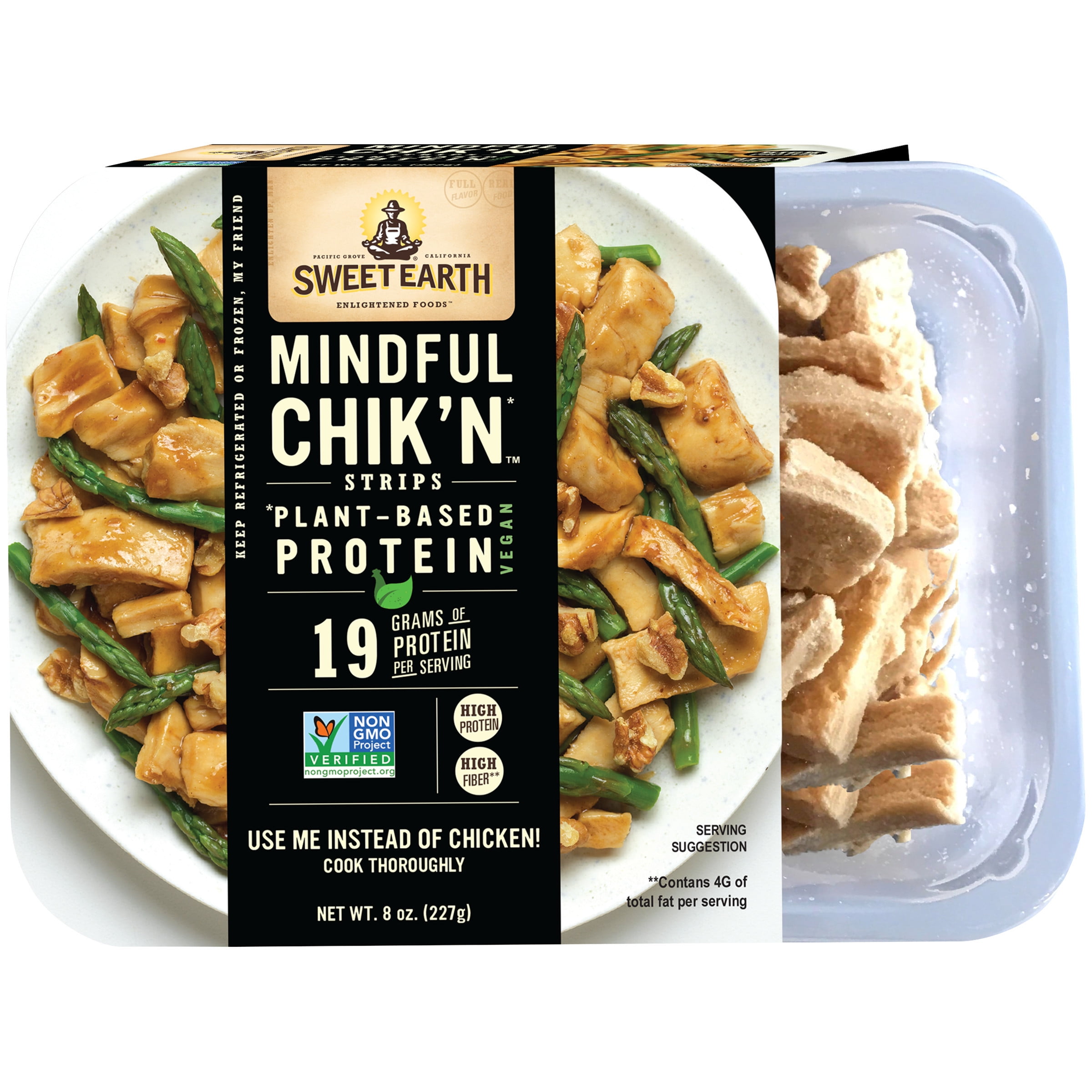
So we added some more and the same thing happened. When we added the chicken to our oiled-up skillet, the faux meat soaked up all of the oil almost instantly. Now, we did try some of these before we cooked them, and we found the faux chicken to be flavorful yet dry.
#Mindful chik n full
(If you want to read the full cooking instructions straight off the package, scroll down to the bottom of the review.) So we heated our stovetop, dropped in some oil, and plopped in the chicken. However, the preferred method is cooking these in a skillet. There are plenty of ways to cook these up, and you can even eat these chicken strips straight out of the package without heating them at all. These faux chicken strips are generally found in the refrigerated section of a grocery store rather than the freezer aisle. Because we’d actually never tried these, we figured we’d give them a go - even though this isn’t a frozen food. We saw these at our local food co-op, and we were reminded about how much fun we had reviewing Sweet Earth products in the past. Nostalgia is indeed a powerful force, and it’s what led us to pick up a batch of the Sweet Earth Mindful Chik’n Strips. We never imagined how much better we’d get at writing these reviews, or how big the site would eventually grow. Those early Sweet Earth reviews are a little cringey looking back, but we were giving it our best shot back then. They are, in fact, one of the very first brands we started reviewing back when we launched Freezer Meal Frenzy. Unfortunately, due to lack of label disclosure and the trans fat labeling loophole, only the food scientists will ever know just how much trans fat these refined oils and emulsifiers are contributing to foods and the American diet.We have a lot of affection for the Sweet Earth brand. Emulsifiers produced from hydrogenated fats “contain measurable concentrations" of trans fats (Hasenhuettl and Hartel 2008).

Textbooks for food scientists reveal that the mono and di-glycerides and other emulsifiers are often made from hydrogenated fats (Hasenhuettl and Hartel 2008) and at temperatures above 220☌ (Sikorski and Kolakowka 2011). The United States Department of Agriculture National Nutrition Database has tested refined, partially hydrogenated and fully hydrogenated oils and found trans fats in all of them (USDA 2013).
#Mindful chik n free
In the case of fully hydrogenated oils, they should theoretically be free of trans fat, but since no hydrogenation process is 100 percent efficient, trans fats are often found in fully hydrogenated oils at low levels (FDA 2013). The World Health Organization recommends limits on trans fat of less than 1 to 2 grams a day-in this context, it’s easy to see that 0.6 grams is not an insignificant contribution. A 2012 study conducted by FDA scientists estimated that refined oil contributes an average 0.6 grams of trans fat a day (Doell 2012). Artificial trans fats are generated in refined oils when they are processed at high temperatures from the crude oil into a bland, odorless, colorless oil (Greyt 1999). Both refined oils and fully hydrogenated oils contain small amounts of unhealthy artificial trans fats and contribute to the total intake of trans fat in the diet (Biofortis 2014).


 0 kommentar(er)
0 kommentar(er)
